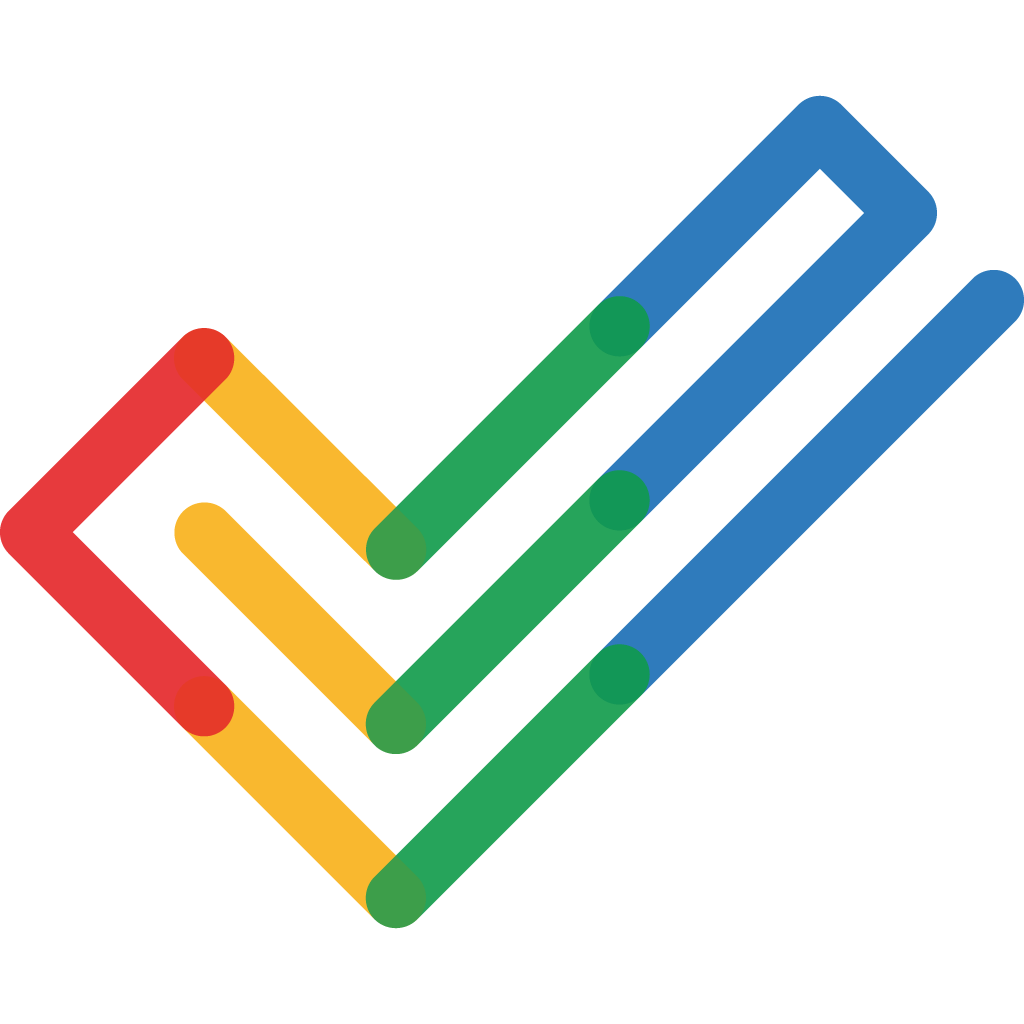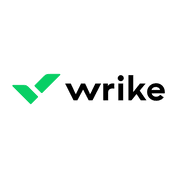Kanban Tool is a Project Management Software. Kanban Tool offers Timeline View, Project Templates, Idea Management, Kanban Board, Recurring Task Management and many more functionalities.
Some top alternatives to Kanban Tool includes Quickbase , Smartsheet, ClickUp, Zoho Projects and Gantt.io.
Yes, Kanban Tool provides API.
Yes, Kanban Tool provides a mobile app.
Kanban Tool is located in Katowice, Poland
Kanban Tool offers Free Trial, Freemium, Subscription pricing models
Yes, Kanban Tool can integrate with ActiveCampaign, Dropbox Business, Google Drive, Box and many more.You can find more integration for Kanban Tool here
The starting price of Kanban Tool is $5/User/Month

























